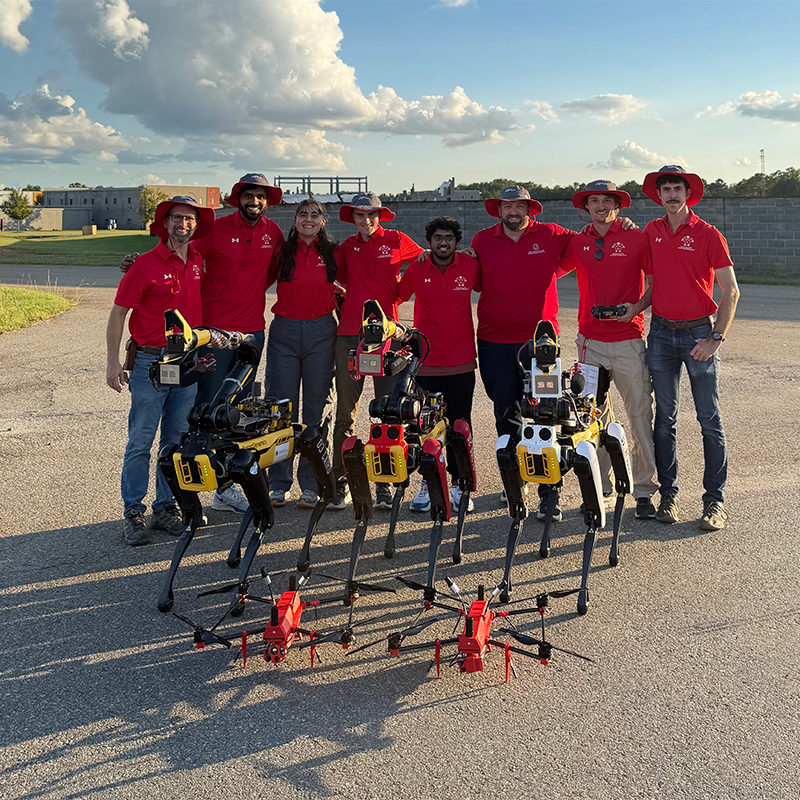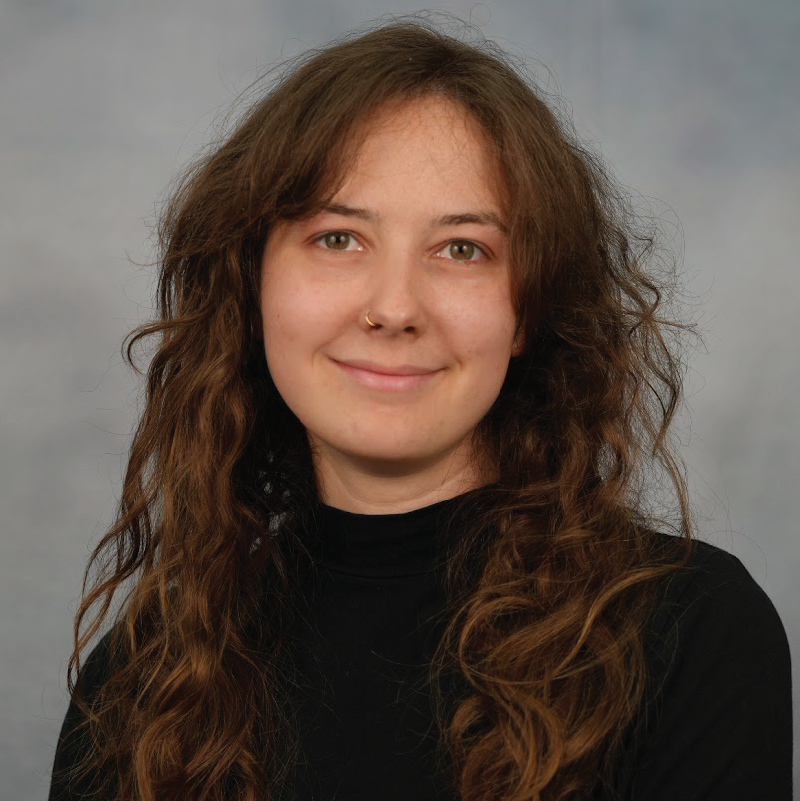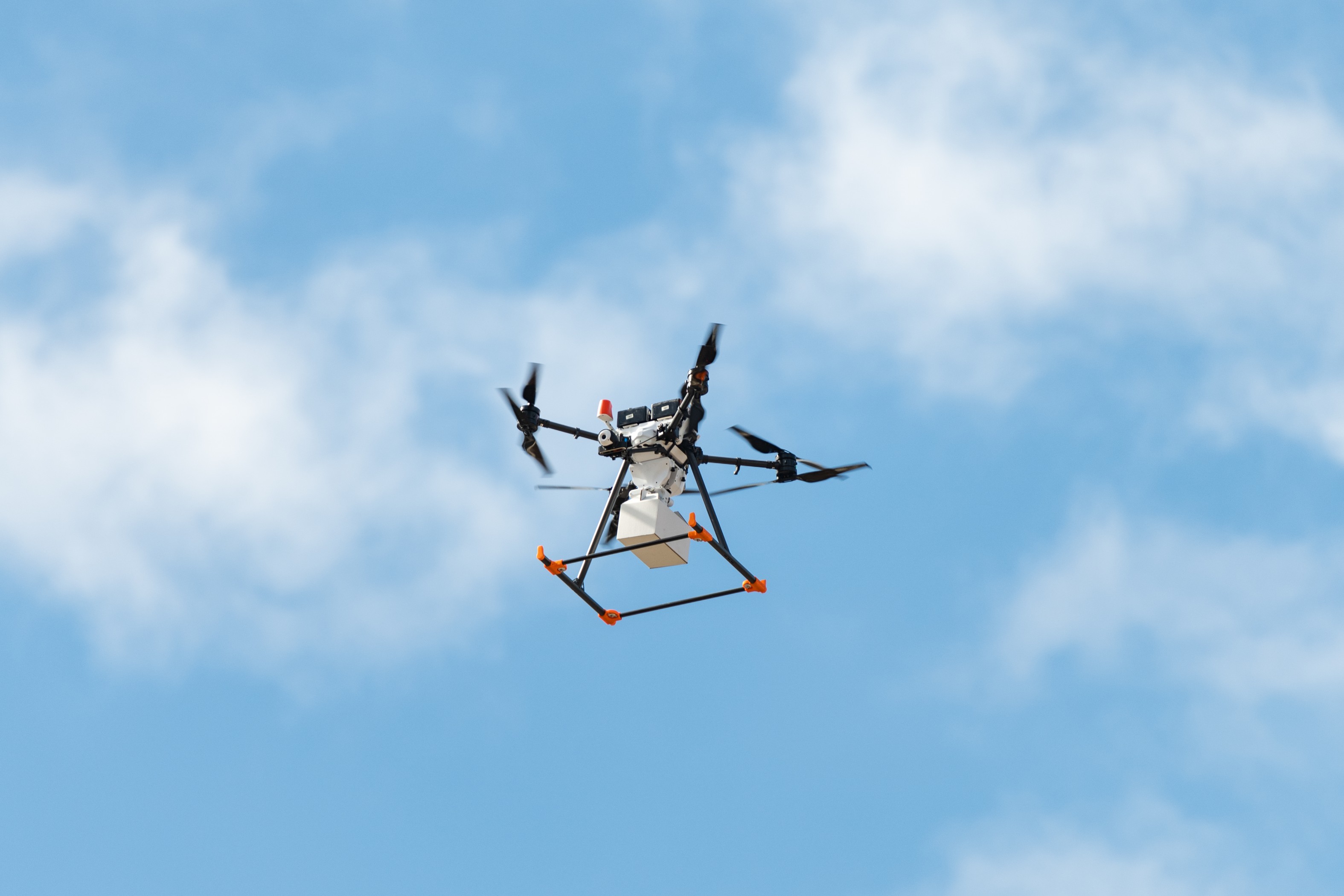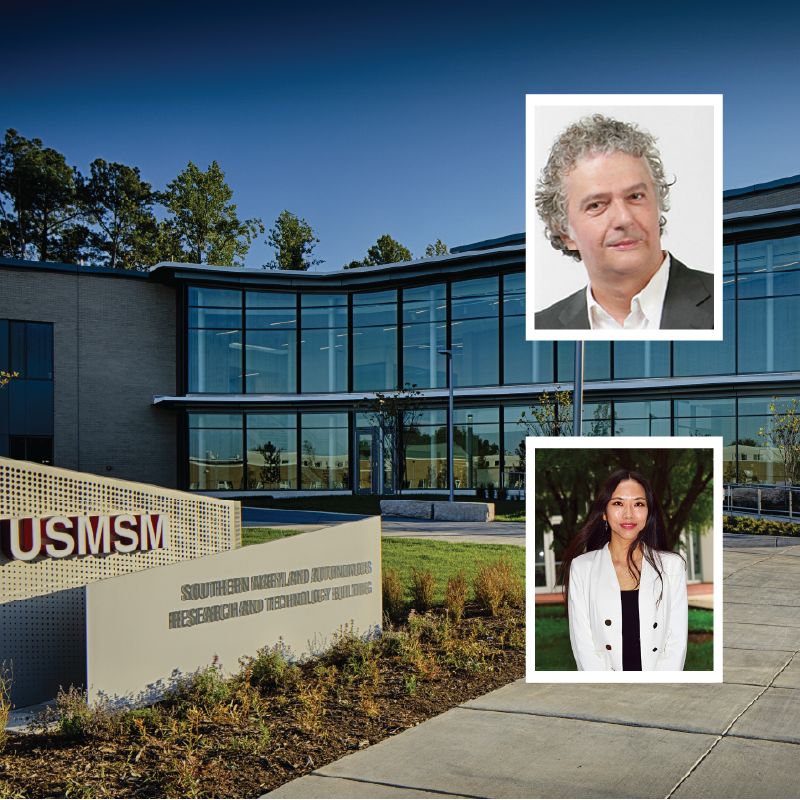News Story
Exploring STEM dreams at the SMART building
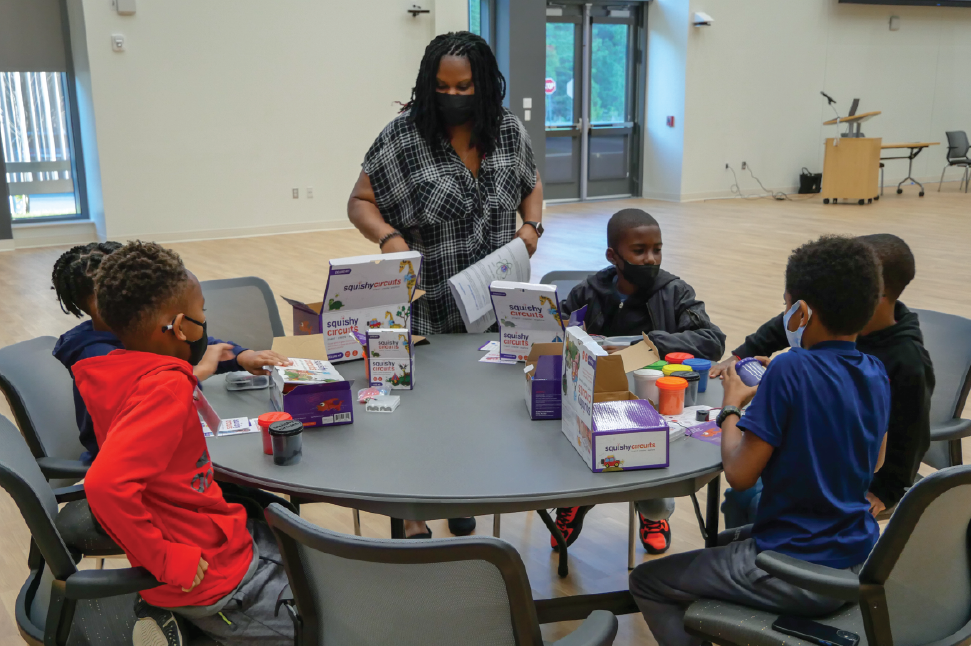
Colorful foam, play dough, and breadboards with absolutely no gluten involved are just a few tools a local nonprofit is using to help kids understand Science, Technology, Engineering, and Math (STEM) in a fun and accessible way.
On November 13, the local chapter of the National Society of Black Engineers (NSBE) Jr. held their most recent STEM exposure meeting at the University System of Maryland at Southern Maryland (USMSM) campus.
The chapter, Creative and Striving Hard to Succeed (CASH), uses the Grand Hall and the Electrical Engineering Lab in the Southern Maryland Autonomous Research and Technology (SMART) building. The meetings typically start with an icebreaker activity.
“The kids come from Charles, Calvert, St. Mary’s, and Prince George's counties so we try to get them engaged so they’ll get to know each other,” said LEAP Forward President and CASH chapter founder and advisor Rhonda Thomas.
The most recent meeting summarized the NSBE Jr. regional conference, which featured a math competition, rocket workshop, and racecar program. The team came in second in the math competition. The kids that went shared pictures and stories with the group.
After the meetings come the activities. Typically, the group splits up according to grade. This time, there was a special activity just for the girls, hosted by STEAM Forward! Academy.
“We often try to partner with organizations, specifically those that target underserved or underrepresented communities, as a way to showcase and bring representation to this field that they may often not see,” said Dr. Jeanita Pritchett, Founder and Facilitator of STEAM Forward.
The first activity featured mechanical engineering, demonstrated an engineer’s design process, and taught topics including centrifugal force, and kinetic and stored energy. Teams worked together to build roller coasters out of tubes, with marbles as their carts. The girls watched their “carts” drop to the ground before adjusting the track to achieve the perfect combination of angles, loops, and speed.
The second activity featured a combination of chemical engineering and art. Two solutions combine to make polyurethane foam, a material found in everything from seat cushions to shoe soles. The girls picked a color to dye their foam, and acted as the catalyst to create big mounds of foam that eventually became solid.
Dr. Pritchett said art often gets integrated into the activities they do, because she’s an artist in addition to a chemist.
“I’m actually a second generation scientist. Both of my parents were nuclear engineers, and that is quite the anomaly for people that look like me, quite honestly. Most people don’t really know a black scientist, so to have two that you grew up with is quite out of the norm,” Dr. Pritchett said. “For me, I wanted to create a place where people feel that they belong in science, technology, engineering, and math, but also combine the creative side of it.”
Dr. Pritchett said she also integrates chemistry, biology, mathematics, and technology to expose students to a broad array of different activities. Her organization also does professional development. It helps students write resumes and prepare college essays, and gives them the tools they need to succeed.
“It was programs like this that got me excited about it, and we now really just want to lift as we climb in our careers,” Dr. Pritchett said. “We really want to tap into the students that may think that this isn’t for them, so we can show them that they really do belong in STEM.”
For more information about how to partner or work with STEAM Forward, click here.
On the other side of the STEAM door, the younger boys were learning the basics of circuitry… with play dough. The activity kit “Squishy Circuits” teaches kids what the pieces of a circuit are. The play dough acts as a conductor to illuminate an LED light.
“It's pretty good for elementary students. They learn about open circuits and closed circuits and what a conductor does and how to light the LED with the battery as the energy source. Pretty basic, but you get the concept. You saw how much fun they were having,” Thomas said.
The older boys were working on a less malleable way to make circuits, a breadboard. The instructor, USMSM Lab Manager Bill Malatesta, talked through basic electrical concepts like voltage, current, resistance, and switches. He used water pressure, water flow, and spigot analogies to help the students understand, and quizzed them along the way to ensure they weregrasping the lesson. He then connected the concepts to common electrical components including voltage sources, current, resistors, and diodes.
“We had the students measure resistors with a multimeter and build a simple LED circuit on the breadboards. As we built the circuit I intentionally made some "mistakes" to demonstrate the effect that higher and lower resistance had on the intensity of light from the LEDs,” Malatesta said. “All-in-all, they seemed to be engaged and they demonstrated that they are a smart, capable group. I'm excited to see how much we can learn together throughout the course of these meetings.”
Starting next month, the older girls will join the older boys to work on an electrical engineering project with Dr. Danilo Romero, a Senior Lecturer in the UMD Department of Electrical and Computer Engineering, and the Director of the Electrical Engineering Program at USMSM.
“So we’ll basically go over some basic microelectronics. Learning how to rig the circuit, put that on a breadboard, do some measurements,” Dr. Romero said. “I’ll ask them to build a windmill that will convert wind power to electricity. There will be electronics there, obviously, but there will also be 3D printing.”
In addition to STEM activities and projects, chapter founder Rhonda Thomas connects her NSBE Jr. CASH students with internships, college tours, scholarships, and unique opportunities.
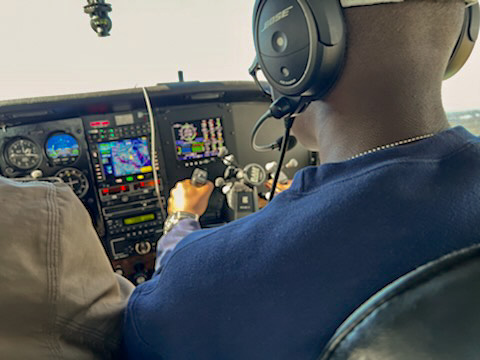 “Past and current members of our CASH NSBE Jr. chapter are participating in the flight training program sponsored by Reach Back and Lift 1 - Mr. Tommy Herndon and Mr. William Hall III,” Thomas said. “Our future pilots are Anthony Grady, Chase Hinton, Gavin Goldring, Gregory White, Joseph Parran III, Tori Jackson and Tyler Bailey.”
“Past and current members of our CASH NSBE Jr. chapter are participating in the flight training program sponsored by Reach Back and Lift 1 - Mr. Tommy Herndon and Mr. William Hall III,” Thomas said. “Our future pilots are Anthony Grady, Chase Hinton, Gavin Goldring, Gregory White, Joseph Parran III, Tori Jackson and Tyler Bailey.”
It all started with a tour of the Navy base and the SMART Building in August.
“You know Mr. Herndon and when we came over for the tour he just kind of introduced it to us,” Thomas said. “Even though it’s supposed to be ground training, he has them flying over there, so it’s amazing. So we took advantage of every opportunity when we came for the tour. I think everybody we talked to we’re now partnering with. So it’s been good.”
The CASH NSBE Jr. chapter is going to celebrate their ten year anniversary in January. Thomas said she was motivated to start it when she heard some alarming statistics at a national conference.
“They were doing statistics on African American kids in STEM, and their math proficiency, and their science proficiency, and it wasn’t good. And the president of the national organization at that time said we have to go back and get our kids,” Thomas said. “So we got the chapter started and they’ve done extraordinary work. We’ve won so many awards at the national conferences and different competitions and it’s been good. It’s been good.”
Thomas will continue to hold the CASH NSBE Jr. STEM exposure meetings. Anyone is welcome.
“At the end of the day, we don’t care if they want to be engineers or not, we want to have kids who understand what engineering is, what STEM is,” Thomas said. “After we expose them and they decide that it’s not for them, then it’s not for them, but they are knowledgeable..”
The next meeting will be on December 11 at the SMART Building.
“It all started with the [August] tour that the Patuxent Partnership planned for our group, and they continue to support us,” Thomas said. “Without the tour, we wouldn't have known a STEM paradise such as the SMART building existed. We are grateful to God that our inquiry to use the facility was met with a resounding yes from Matt Scassero, Director of Operations and Outreach at the MATRIX Lab."
Thomas also noted that the program's success has been enabled by the support of the parents, competition team coaches, and a cadre of chapter advisors and volunteers.
For more information on the group or to find out how to join, click here or email Rhonda Thomas or Tonya Wilkerson at cash_nsbejr@yahoo.com.
Published November 28, 2022




